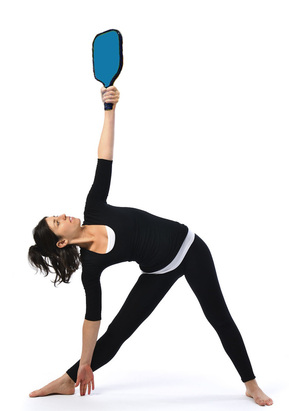
I learned that there are many types of yoga, and I'd probably tried to do things in the past that were too difficult or that weren't suited to my ability. This class was hard, but I could feel the benefit of the stretches and poses for the first time. I signed up for more.
I soon discovered that my body responded more favorably on the pickleball court, too. The changes were subtle but real: my "bad" knee didn't hurt as much anymore; my shoulder pain was gone. My breathing capacity increased, and I generally felt much healthier while I played. I think I was becoming faster, too, although I can't say that was the result of yoga, but perhaps.
One of the most interesting things I discovered recently was when my partner and I were being beaten badly. I lost my focus and found myself concentrating on everything I was doing incorrectly. I sighed and, without thinking about it, started deep breathing, as if I were doing yoga, trying to relax. I made a good hit and we won a point. As I walked to the other side of the court to serve, I took another deep breath and let it out slowly, concentrating only on the breath and relaxation. We won another point.
We came back in that game and won, and I'm convinced that breathing and relaxation made the difference. I do this routinely now, and my play seems better for it.
Breathing -- deep and regular breaths -- are a core part of yoga. Many types of breathing are done, but the Do Yoga With Me website shows a few you can try. I recommend the Upper Chest, Mid-Chest, and Abdominal breaths individually first, followed by combined breathing techniques. Of course, you can't do these on the court, but I never really knew what a deep breath was before learning to breathe this way, and I find it has made a difference in my stamina during a game. Perhaps it will for you, too.
When I decided to write this post, I did an internet search for "pickleball yoga." I found only one relevant entry: a blog post on Pickleball Central's site about yoga poses and their benefit for pickleball. I then searched for "yoga tennis" and discovered other posts listing the same poses and their benefits for tennis players.
Here's what Pickleball Central has to say: "Pickleball may be relatively low impact, but as a sport with repetitive movements, it still puts strain on the body that can lead to injuries. Unlike a lot of sports, pickleball demands more from a player’s dominant side – their paddle hand side – resulting in repetitive misalignment that can put uneven wear and tear on that side of the body. Here are some pickleball specific yoga poses that can help strengthen arms, backs, and shoulders, even out hips, and lengthen both sides of the body evenly helping to avoid injury, recover from the strain of court time more quickly, and make your game more powerful."
Take a look at the poses on the Pickleball Central blog post and give them a try. As with all things, start out slowly and build up as your body can tolerate the positions more easily.

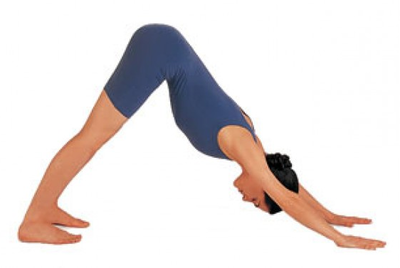
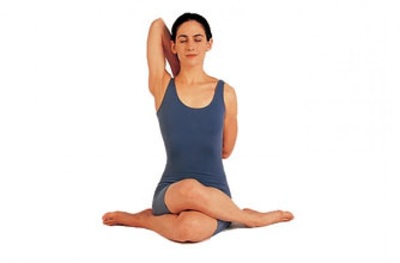
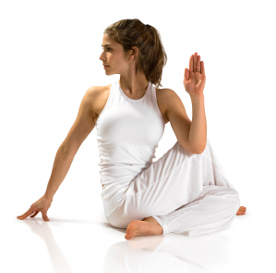
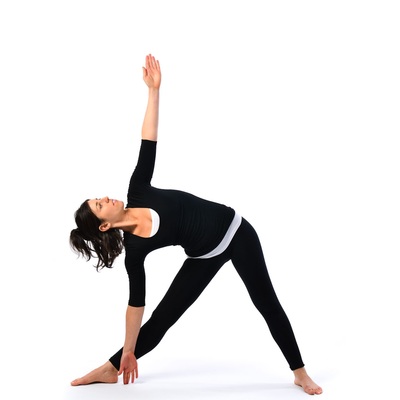
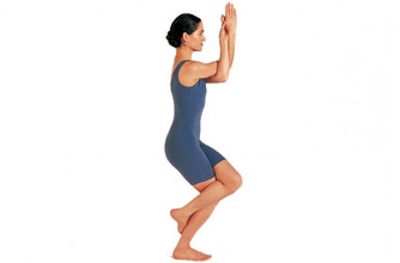
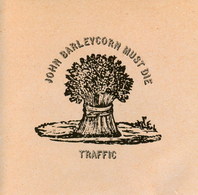
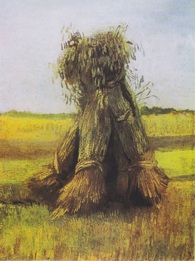

 RSS Feed
RSS Feed